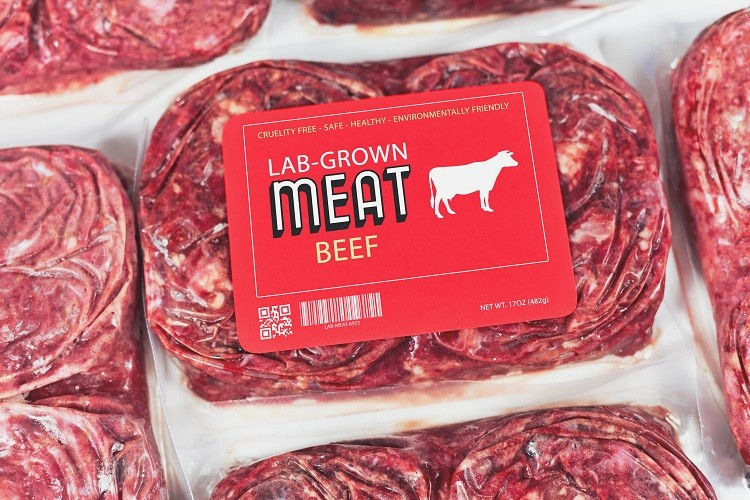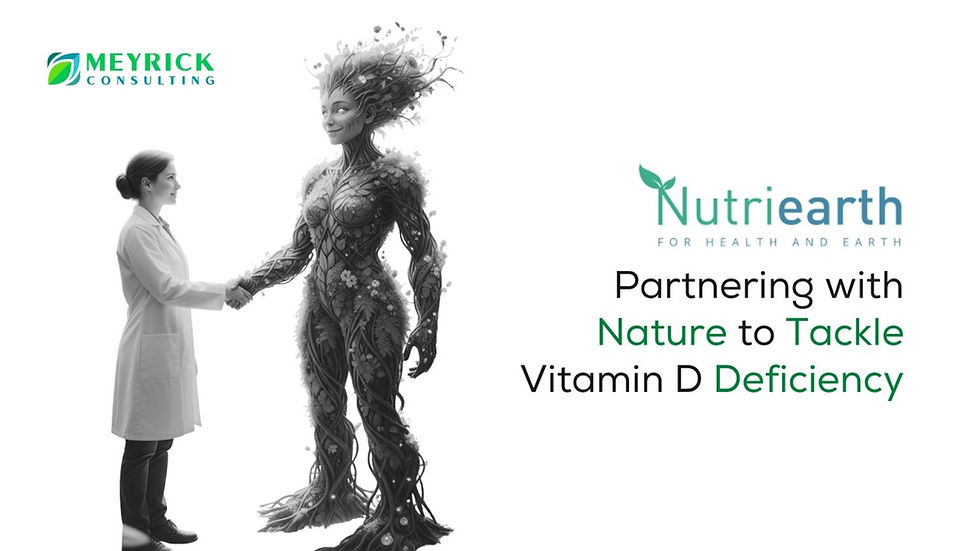The Cultivation, The Regulation and The Risk
- Meyrick Consulting

- Jul 28, 2022
- 4 min read
Updated: Jan 24, 2023

In this newsletter, we’ll be covering everything food, ingredients and beverages – from new product launches, leadership movements, the investments being made and secured by the exciting and fast-growing. If it involves the food industry we’ll be talking about it.
You can sign up for our weekly newsletter on our website – choose the topics you’re most interested in and have them delivered to your inbox.
As many of you are aware food production is vastly changing and now many foods, drinks, and ingredients are made with non-animal sources of protein or plant-based products. In the last decade, many startups have sprouted through venture capitalist investment to produce alt-protein products and many more opportunities are on the way.
Precision fermentation and cell cultivation are being explored and, in some cases, deployed to develop alt-proteins with attributes that “mimic” meat and dairy with better accuracy than plant-based.” While only one meat company, Eat Just, has gotten regulatory approval to employ cultivated protein, other companies are striving to make that happen. (as far as our research could determine at the time of writing).
So what’s the hold up?
Well there are several issues here but red tape is main factor.
Barriers to Cultivated Protein
Since 2012, the manufacturing of protein through cell culturing or cultivated protein has been implemented by more than 100 companies, even without regulatory approval. Without regulatory approval, it’s difficult to distribute products to consumers.
Lack of Regulatory Approval
This in itself poses a problem for cultivating protein. Although more countries are starting the process, there’s little clarity on how the process should go, and widespread regulatory approval is certainly a barrier.
The process of cultivating meat undergoes four-steps:
Extracting tissue sample from an animal
Culturing stem cells or cell lines from the tissue sample (which can take up to two years)
Cultivating tissue using cell lines, growth media, and a bioreactor
Harvest tissue and process it into a food product.
You can see why regulation is tight on this process.
The Cost to Manufacture
Another barrier to cultivating protein is the high cost of manufacturing cultivated protein. One of the most expensive inputs to the process is cell growth media. This contains the nutrients that are essential for cell growth. The most common, fetal bovine serum, or FBS, can cost as much as $2,960 per liter. This poses an expensive problem although less expensive methods and cultivation techniques that would require lower quantities of cell growth media are being explored so what this space. Scale production limitations are also another costly problem.
Alternative Fats - A Probable Solution
Alternative fat is increasingly becoming an option as alt-protein producers continue to implement alternative strategies to acquire protein without meat products. The three tissues that make up meat are muscle, connective tissue, and fat. Marbling (layers of muscle and fat) in red meat is a huge contributor to the texture, flavor, and juiciness of the meat. Given that only one of the three tissues can be cultivated at a time, cultivating the fat may be a major player in helping to mimic the meat as it will improve the sensory experiences better than attempting to cultivate the muscle alone.
Major Players in The Field

The alternative-protein industry has seen many companies venture into this space to either fund the impressive work that needs to happen to adopt these new processes or to actually do the work. Some of the companies involved in the development of this industry include, Beyond Meat, Future Meat, Wildtype, Meat Technologies, Upside Foods, Eden Brew, BioMeat, Mission Barns, Silva Sausage, Peace of Meat, Cubiq Foods, Hoxton Farms, Nourish Ingredients, Melt&Marble, Cultivated Biosciences, BioTork, Time-Traveling Milkman, Lipid, and many others.
Top Investors
Since 2011, at least 489 startups have raised over $14 billion in VC investment to produce alt-protein consumers. Three of the most notable being Mission Barns ($28.3M), Nourish Ingredients ($11M), and Future Meat Technologies ($390M) (raised to-date).
Mission Barns

Mission Barns is based in Berkeley, California and has raised millions of dollars for this venture as well as carrying out the work. Its mission (no pun intended) is to make meat that’s better for you and the world by making meat in a sustainable way, making it safe, humane, and scalable. Mission Barns recently completed the structure of a 32,000-foot headquarters and production facility that will be used in partnership with Silva Sausage to produce hybrid meat products. Their cultivated meat will be produced with animal-free cell growth media. However, without regulation approval, they are not yet able to share their products with consumers.
Almost feels like a bit of a punt right? Well, there is evidence to suggest they will get approval.
Nourish Ingredients

Nourish Ingredients engineers yeast microbes using precision fermentation to produce animal fats. This is helpful as alt-protein companies are in need of fermentation technologies to produce fermentation-derived fat alternatives. Fat alternatives can be used in all types of alt-protein products and can replace other sources like coconut oil, palm oil, etc. that can leak out when cooking. Nourish Ingredients recently partnered with Vow to supply fats for its cultivated meat products, and it plans to supply fats for alternative dairy products and sell to food companies.
Future Meat Technologies

Future Meat was established in 2018 and has offices in Israel (Univ. of Jerusalem) and in the U.S. (Arizona). They develop a distributive platform for the cost-efficient, non-CMO production of meat directly from animal cells without the use of animals. Future Meat has recently raised large funding rounds to build big manufacturing facilities to boost supply and has partnered with distributors, restaurants, and grocery stores to establish distribution agreements. They’ve also made successful efforts in reducing the amount of cell culture media required in the cultivation process.
The $347M raised by Future Meat is the largest cultured meat investment ever. The round was co-led by ADM Ventures. Other investors included in the investment opportunity included Menora Mivtachim pension and insurance fund, Tyson New Ventures, Rich Products Ventures, Manta Ray Ventures, Emerald Technology Ventures, ADM Capital, Bits x Bites, and the Sander Group. Which produces somewhat of an A-list of VCs backing this company.
If you want to stay up to date with the latest in the food, ingredients and beverages industry, sign up for our members-only newsletter on our website www.meyrickconsulting.com
Placing Top Leaders Within The Global Food, Ingredients and Beverages Industry




Comments